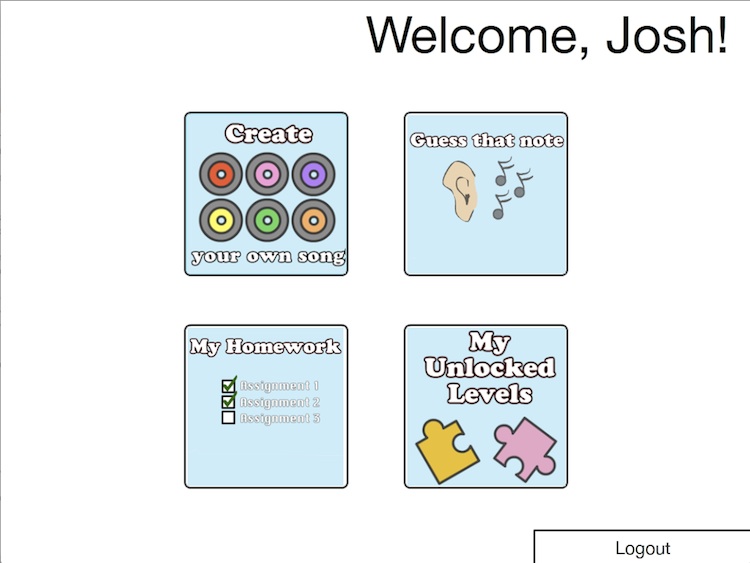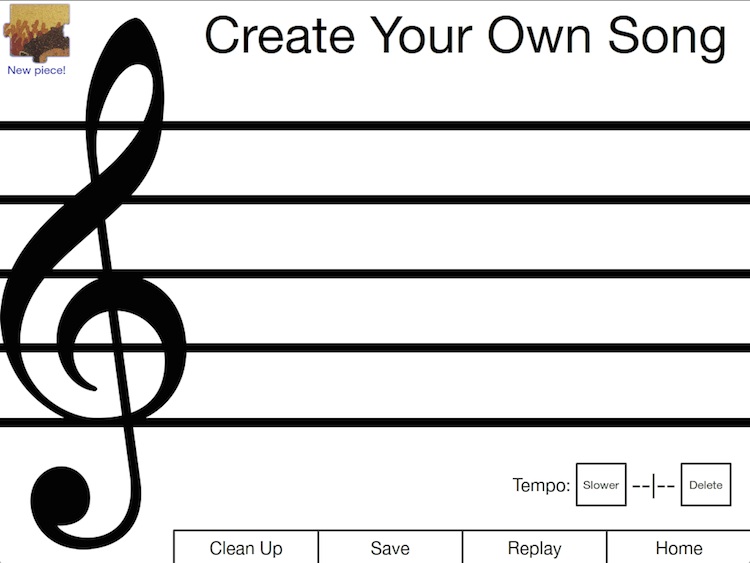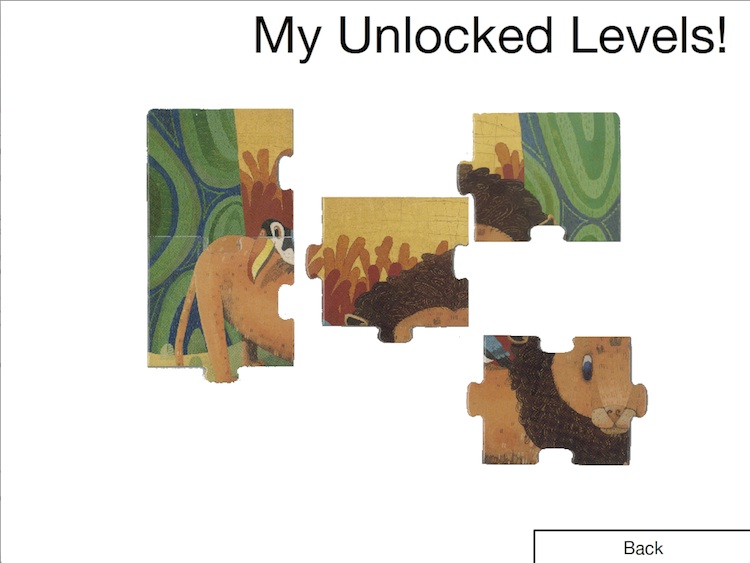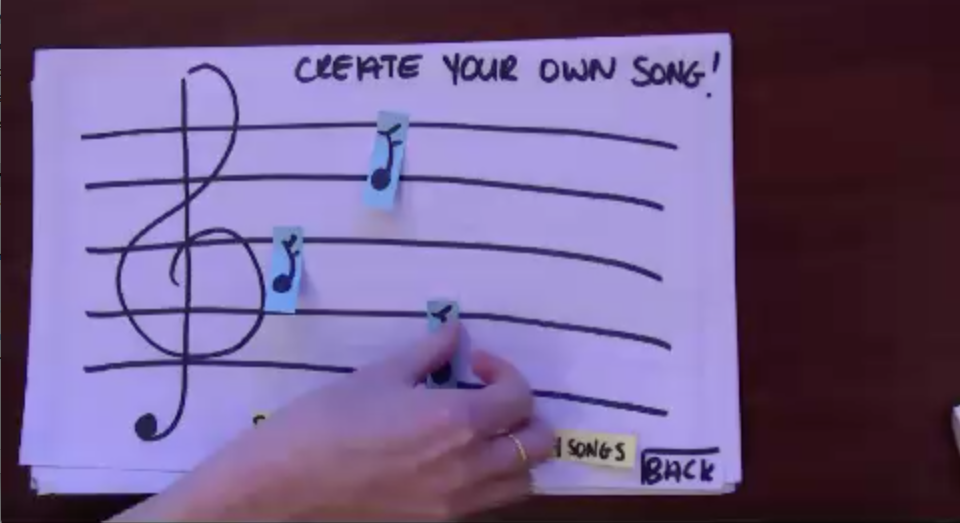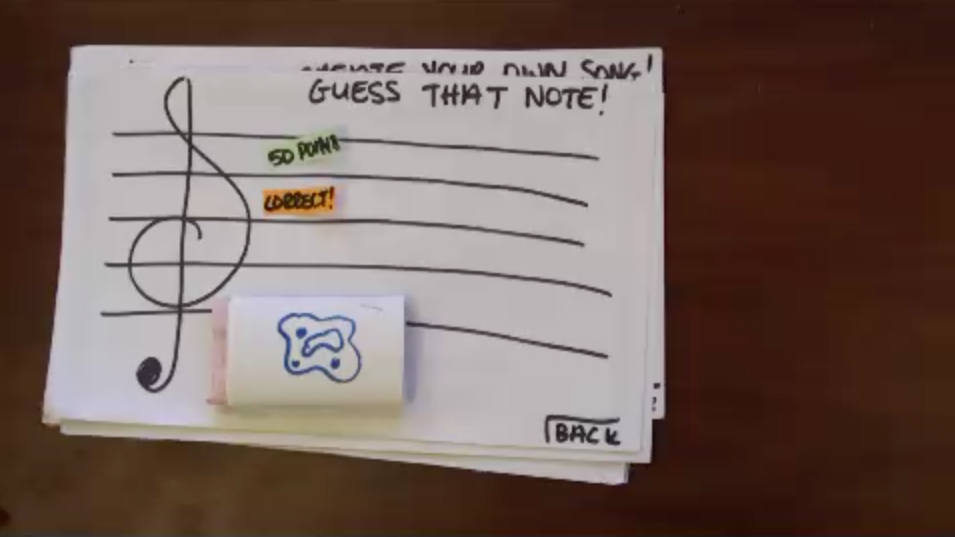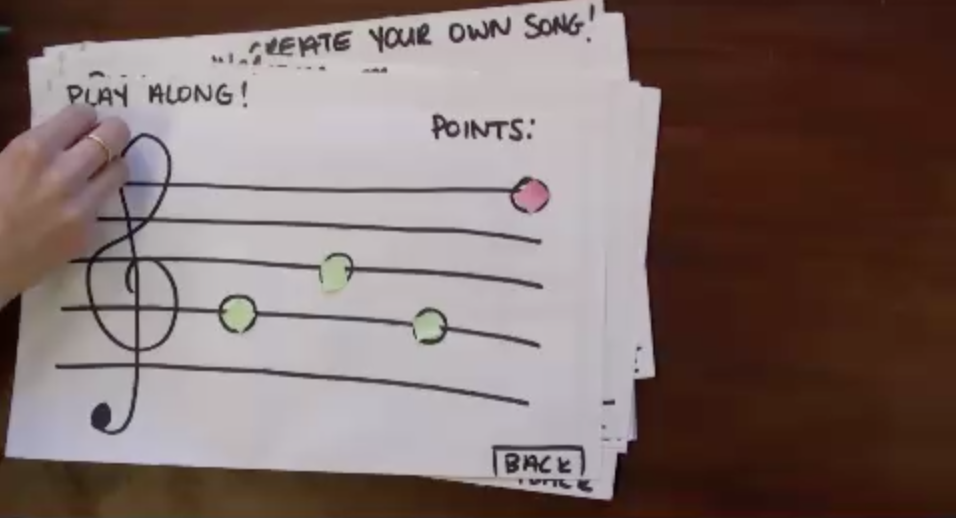Intro:
As part of an HCI course, we were tasked with building a novel interface aimed to “make life easier” for a selected target audience. Our project group decided to build something that would make teaching younger children the very basics of music and music theory easier and more interactive. We were to start from scratch by conducting user interviews and tests, build prototypes, and produce a high-fidelity alpha system for trial with our target audience.
Challenge:
Conduct user research with third grade students on music education. Rapidly build and iterate on low- to high-fidelity prototypes. Construct a fully functioning alpha system for testing with third grade students.
Work:
As part of a team of three, I constructed and carried out user observations, tests, and interviews with third grade students at a public performing arts primary school. From the user research, we built personas and a mental model that influenced my creation of a basic system architecture. In our early build stages, I helped build and test low-fidelity paper prototypes. As we moved into high-fidelity construction, I designed and built a custom touchscreen powered by a rear-illuminated LED array and infrared camera for touch and fiducial recognition, a projector to create the square display surface, and an EeeBox computer to run everything. We used reacTIVision for fiducial recognition, the NUI Community Core Vision tool for touch recognition, and the TUIO protocol to communicate object movement to the AIR-based application that ran the educational interface. Based on our user research, I implemented an interface with elements and copy that would appeal to younger students and that helped them experiment with pitch, duration, and meters through very basic sample modules. The student was given a “stamp” (marked with a fiducial on the underside) that allowed them to manipulate duration by rotating the stamp and change pitch by moving the stamp around the on-screen staff. The student could place multiple notes by stamping the stamp on the staff. The application experimented with different reward systems aimed at younger users, such as puzzle pieces as reward for trying new areas of the program or completing different homework assignments.

